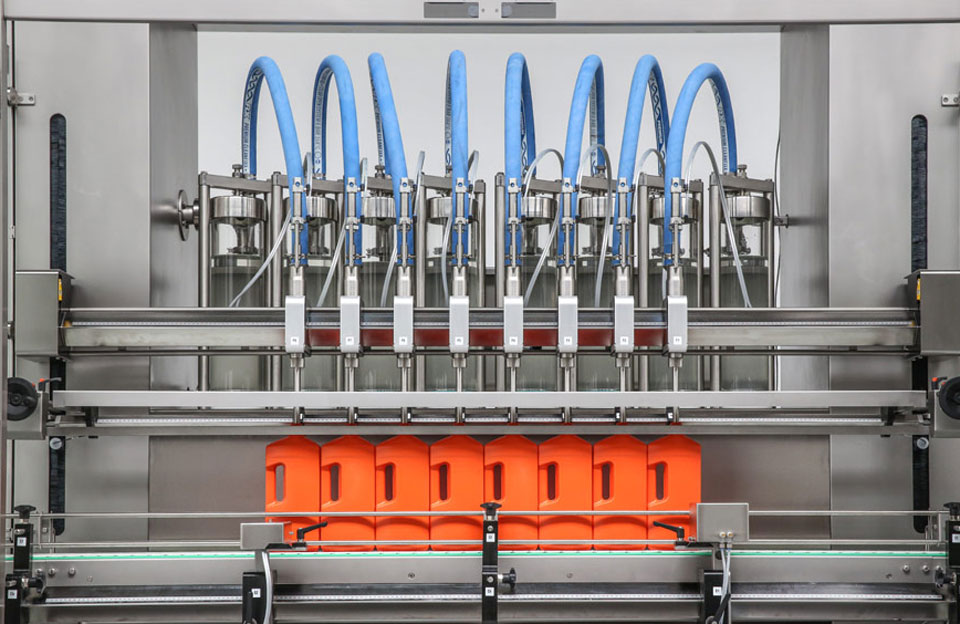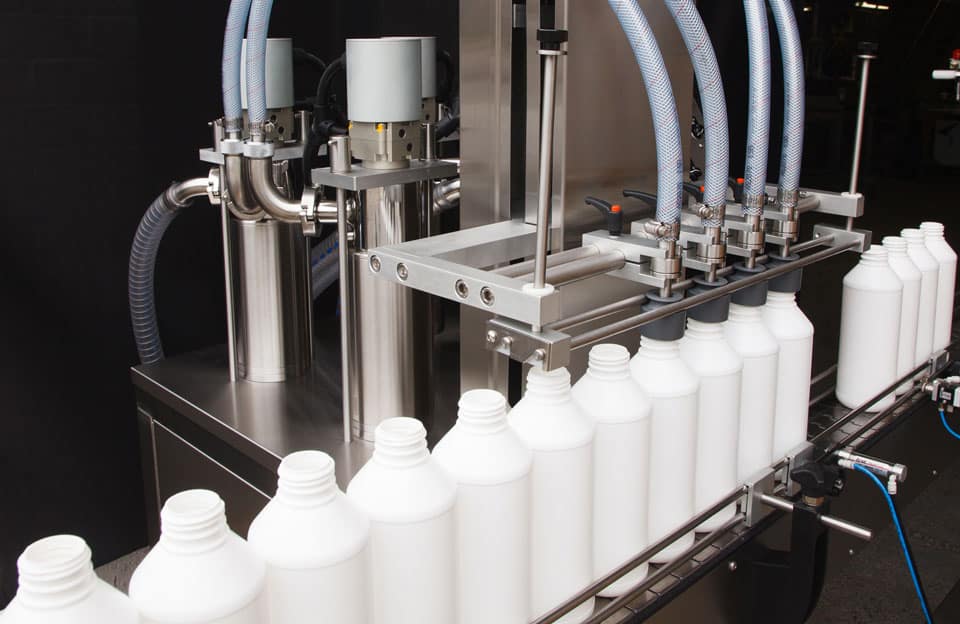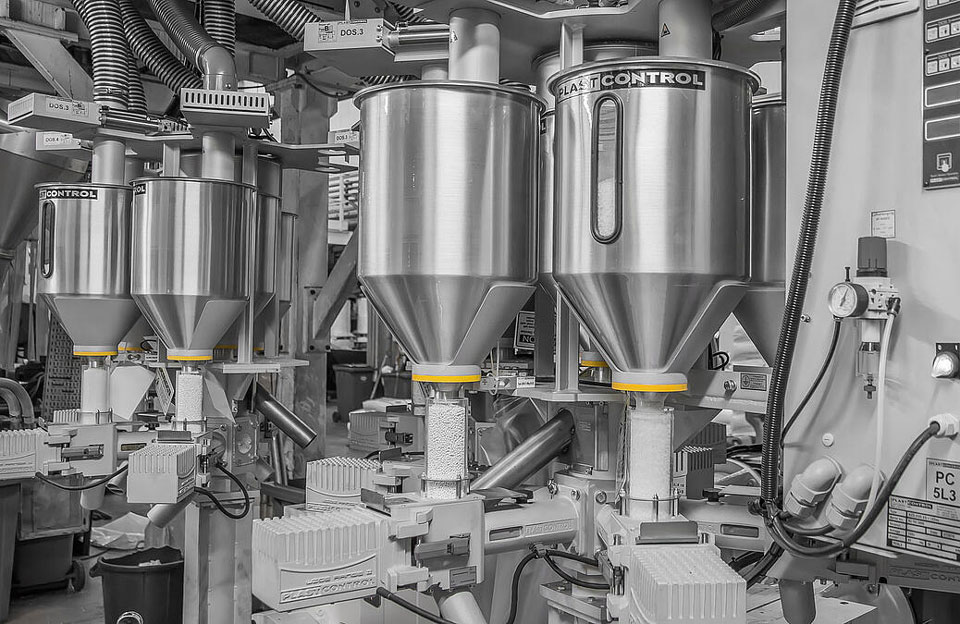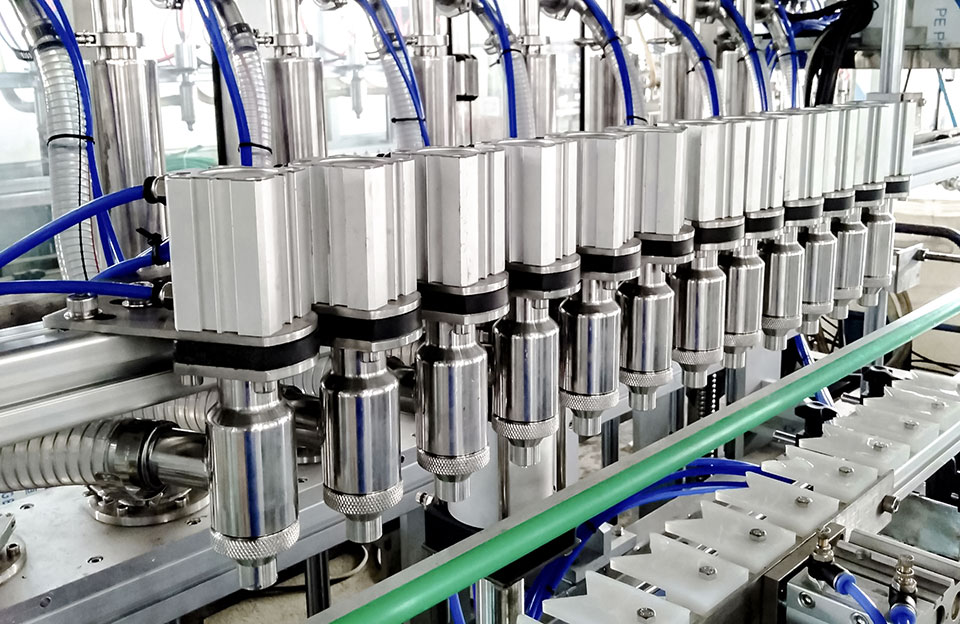The Current Status of the Liquid Filling Machine Market
There are many types of liquid filling machines on the market with different prices, and there are many factors that affect the price of liquid filling machines. It can handle liquids of various viscosity, from thin liquids such as water to high-viscosity substances such as oil or syrup, and is widely used in various industries such as pharmaceuticals, food, beverages, cosmetics, and chemicals. Liquid filling machines are designed to efficiently and accurately fill liquid products into containers such as bottles, vials, jars or canned foods. The price of liquid filling machine is influenced by several factors including industry growth, technological advancements, regulatory requirements, and consumer demand.
- Automation and Integration: Due to the increasing demand for improving efficiency and reducing labor costs in the market, the demand for the integration of automated machines integrated by liquid machines and other packaging equipment (such as rotor machines, labeling machines, and conveyors) is also currently on that it is also on growing.
- Flexibility and Versatility: The manufacturer needs a fast conversion ability and adjustable irrigation parameters and can handle different container sizes, shapes, and materials to meet different product lines and packaging requirements.
- Clean Hygiene Design: Pharmaceuticals, food and beverages, and other industries attach great importance to cleaning and hygiene. The design and production of the liquid irrigation machine require sanitary design, easy-to-clean procedures, and meets good production specifications.
- Improve Accuracy: Precision filling is critical to avoid product waste and ensure consistent installation. System liquid irrigation machine is sought after.
Factors Affecting the Price of Liquid Filling Machine

- Product Characteristics: The filling liquid’s characteristics can significantly impact the choice of filling machine. The type of filling technique, such as gravity filling, piston filling, pump filling, or vacuum filling, is determined by factors such as the viscosity of the liquid, the tendency to foam, corrosion, and temperature sensitivity.
- Container Type and Size: According to the different characteristics of the container, including its shape, size, material, and closure type, select the appropriate liquid filling. Different machines are designed to handle specific container types, such as bottles, vials, cans, or sachets. Compatibility between the container and filling machine must be considered, including nozzle or filling head design.
- Fill Volume and Accuracy: The fill volume required for each container and the required accuracy of the filling process are important considerations. Filling methods, control mechanisms, and measurement systems can affect accuracy. Some liquid filling machines are better suited for filling small volumes with precision, while others are better suited for filling large quantities at high speeds.
- Production Speed and Throughput: The required production speed and throughput affect the choice of liquid filling machine. High-speed production lines may require liquid fillers with fast cycle times and efficient automation to meet production targets.
- Cleanliness and Hygiene: Certain industries, such as pharmaceuticals or food and beverages, have strict cleanliness and hygiene requirements. A hygienic design, smooth surfaces, easy cleaning procedures, and compliance with industry regulations are essential for liquid filling machines.
- Changeover and Flexibility: If the production line requires frequent product changeovers or handles multiple products with different characteristics, the ease and speed of machine setup and changeover becomes critical. Liquid filling machines with quick changeovers and flexible adjustments can help minimize downtime and increase efficiency.
- Automation and Integration: The level of automation and integration required for the production line is important. Some liquid filling machines can be integrated with other packaging equipment, such as capping machines, labeling machines, or conveyors, to simplify the packaging process and increase overall efficiency.
- Regulatory Compliance: Compliance with industry standards, regulations, and security requirements is critical. Liquid filling machines should comply with safety and quality standards, such as CE certification or FDA guidelines, to ensure product safety and legality.
Conclusion
The liquid filling machine can fill different high-viscosity fluids, suitable for utilization, oil, and other industries. The machine design is compact and reasonable, and the amount of irrigation volume is convenient. Factors such as container size and filling of the filling machine greatly impact the price of the machine. The development of science and technology has also led to the rapid development of the liquid-filling industry. Nowadays, the liquid filling industry has deepened into various industries such as food, medicine, and chemical and has been widely used.


